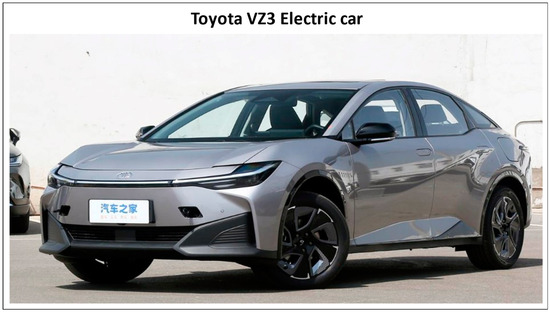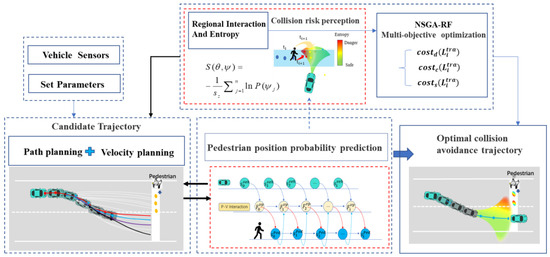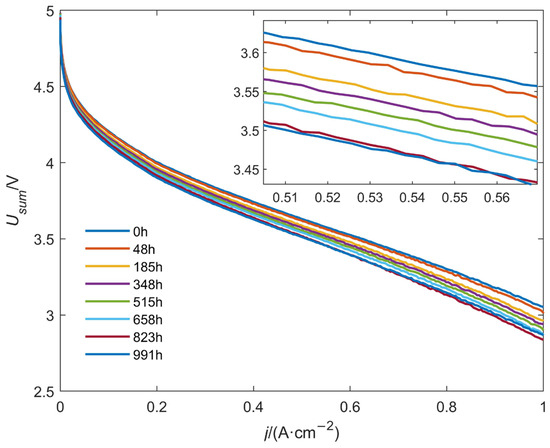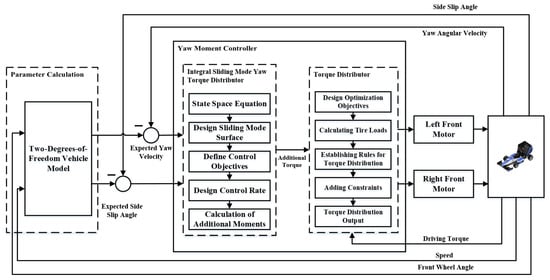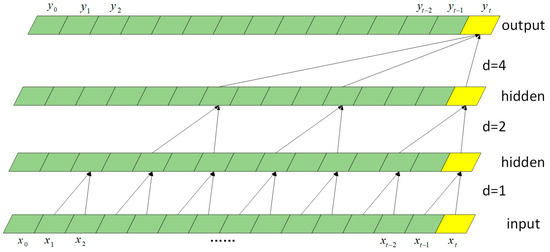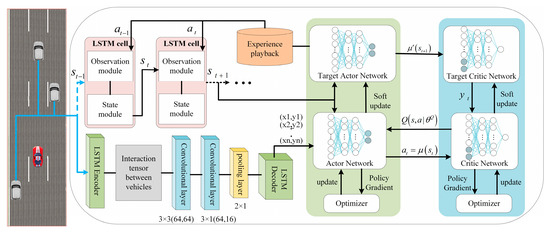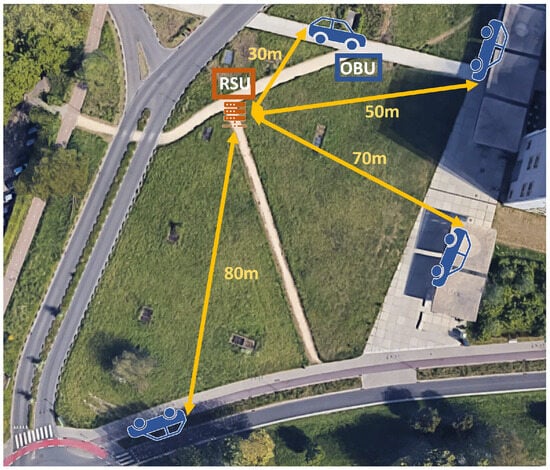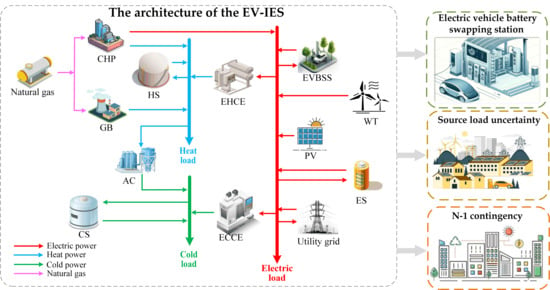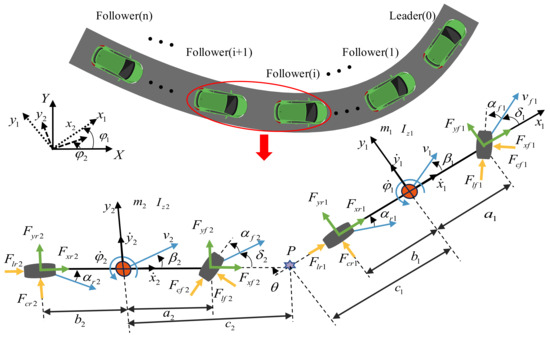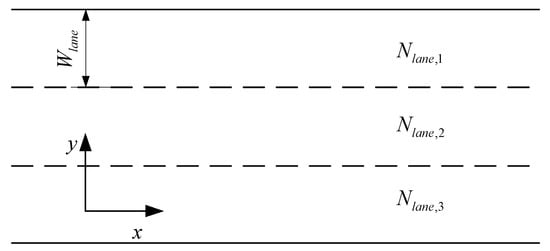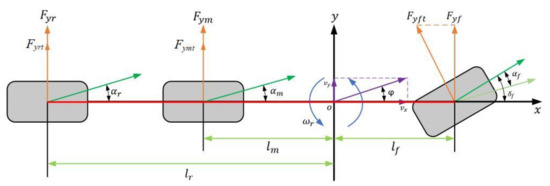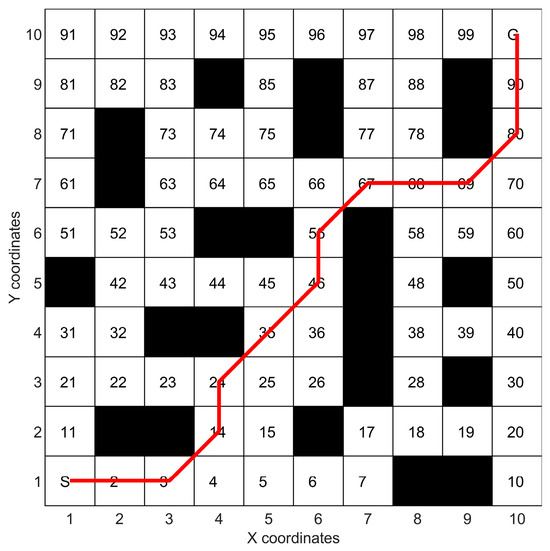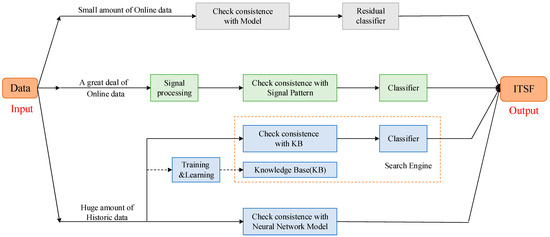-
 Application of Real-Life On-Road Driving Data for Simulating the Electrification of Long-Haul Transport Trucks
Application of Real-Life On-Road Driving Data for Simulating the Electrification of Long-Haul Transport Trucks -
 Predicting the Torque Demand of a Battery Electric Vehicle for Real-World Driving Maneuvers Using the NARX Technique
Predicting the Torque Demand of a Battery Electric Vehicle for Real-World Driving Maneuvers Using the NARX Technique -
 Comparison of EV Fast Charging Protocols and Impact of Sinusoidal Half-Wave Fast Charging Methods on Lithium-Ion Cells
Comparison of EV Fast Charging Protocols and Impact of Sinusoidal Half-Wave Fast Charging Methods on Lithium-Ion Cells -
 Simulation-Based Assessment of Energy Consumption of Alternative Powertrains in Agricultural Tractors
Simulation-Based Assessment of Energy Consumption of Alternative Powertrains in Agricultural Tractors
Journal Description
World Electric Vehicle Journal
- Open Access— free for readers, with article processing charges (APC) paid by authors or their institutions.
- High Visibility: indexed within Scopus, ESCI (Web of Science), Ei Compendex, and other databases.
- Journal Rank: CiteScore - Q2 (Automotive Engineering)
- Rapid Publication: manuscripts are peer-reviewed and a first decision is provided to authors approximately 14.1 days after submission; acceptance to publication is undertaken in 3.7 days (median values for papers published in this journal in the second half of 2023).
- Recognition of Reviewers: reviewers who provide timely, thorough peer-review reports receive vouchers entitling them to a discount on the APC of their next publication in any MDPI journal, in appreciation of the work done.
Latest Articles
Highly Accessed Articles
Latest Books
E-Mail Alert
News
Topics
Deadline: 31 May 2024
Deadline: 15 October 2024
Deadline: 31 October 2024
Deadline: 30 November 2024
Conferences
Special Issues
Deadline: 30 April 2024
Deadline: 31 May 2024
Deadline: 20 June 2024
Deadline: 30 June 2024



